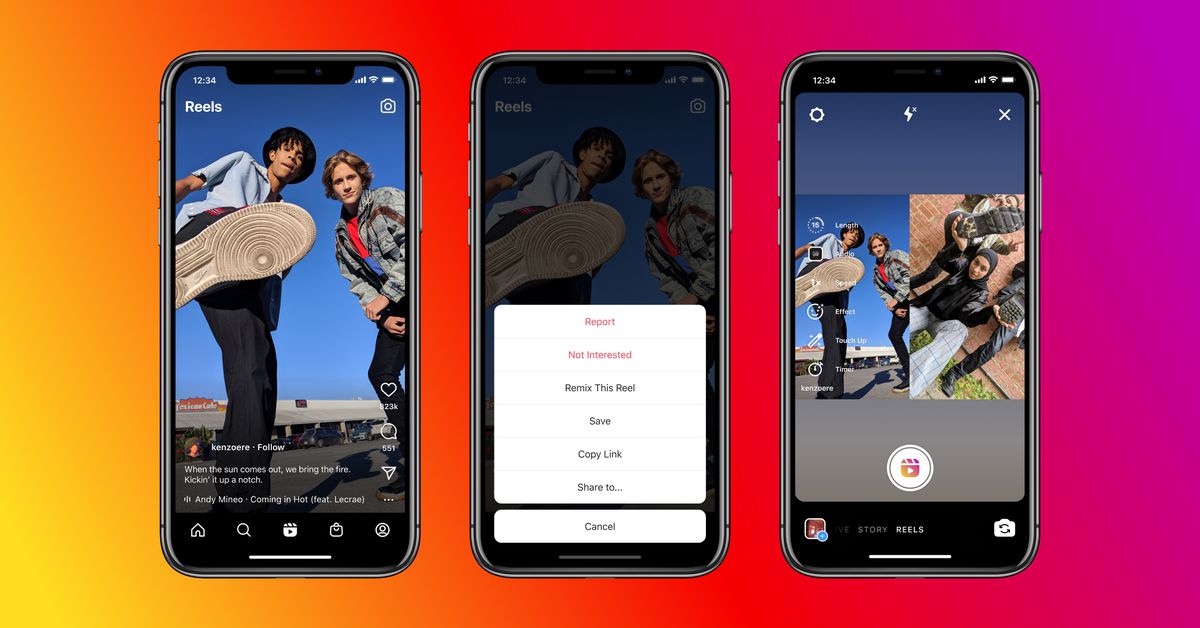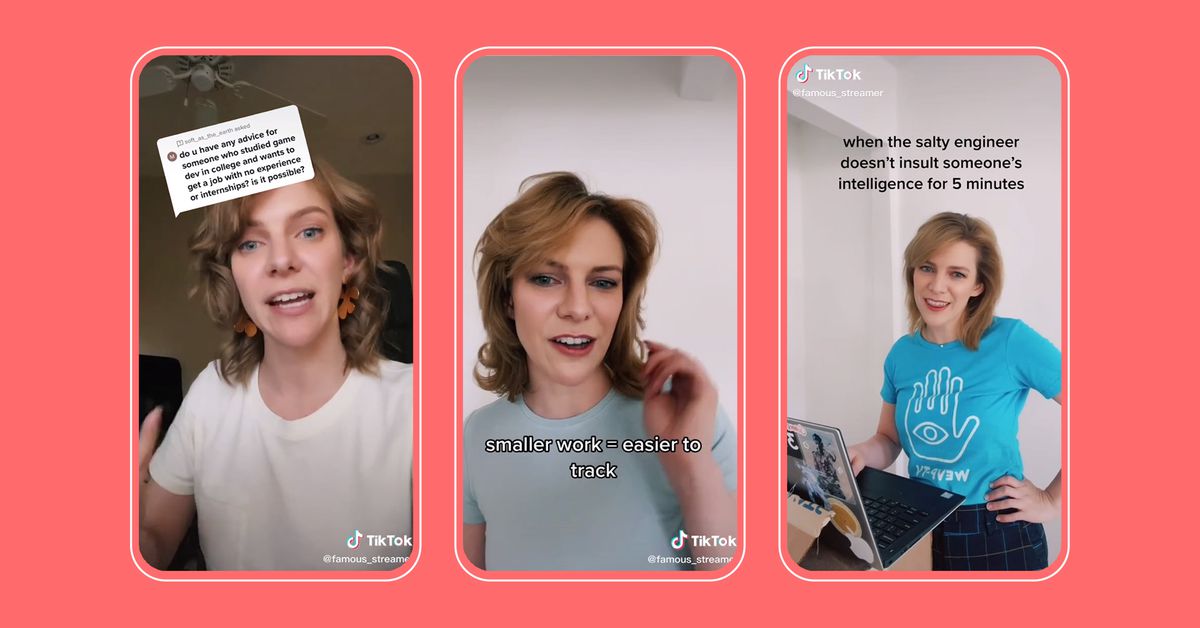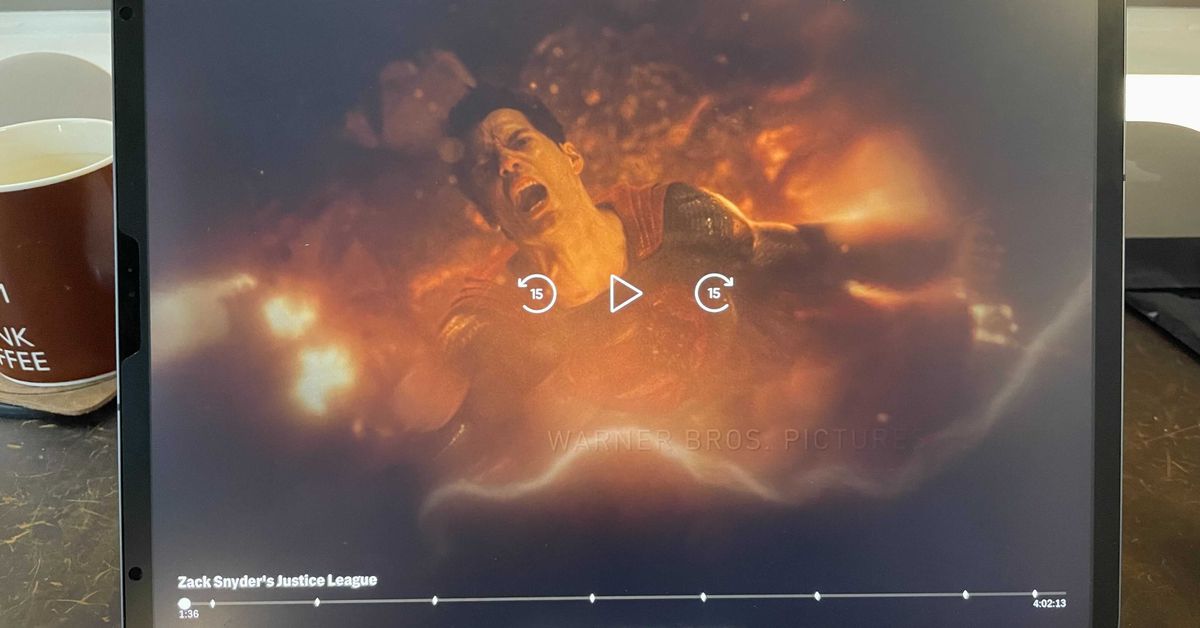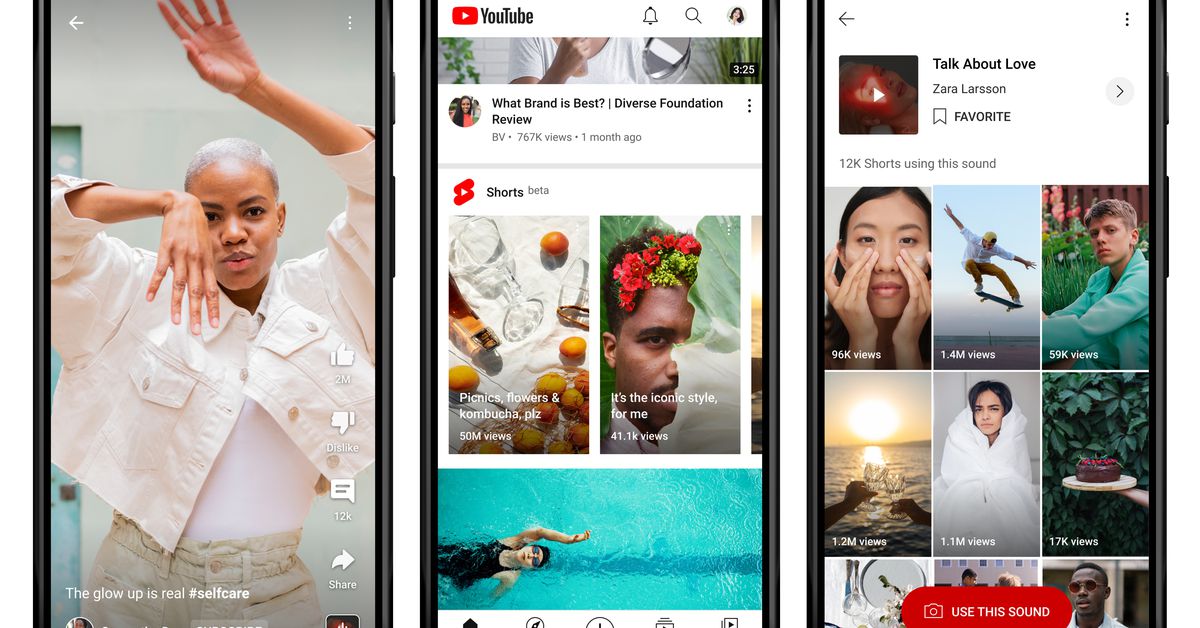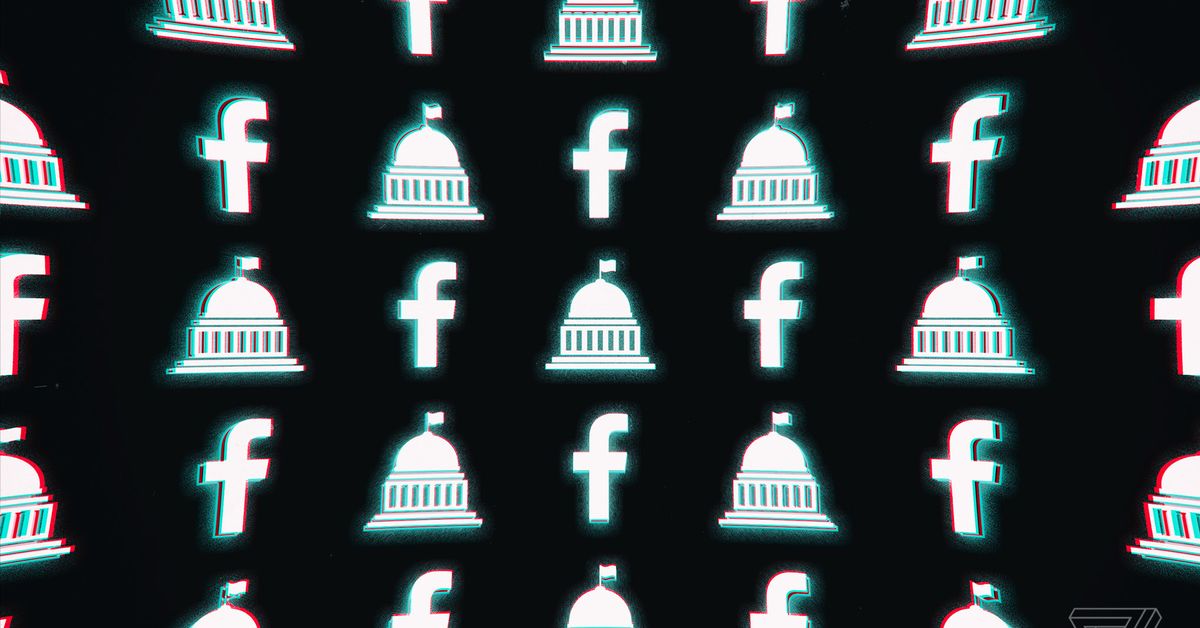YouTube Shorts, the company’s short-form answer to TikTok, is launching in beta in the United States starting today. The short video format has already been available for several months in India, but today marks its debut stateside (along with the addition of several new features).
For the beta launch, YouTube Shorts will feature all the basics of any TikTok clone: a multi-segment camera that makes it easy for creators to quickly string together clips, a wide selection of music tracks (with catalogs from “over 250 labels and publishers”), and a robust-looking captioning tool, the last of which is debuting alongside the US launch. “We really want to create a playground of creativity here where we give creators the raw materials to produce great videos,” says Todd Sherman, YouTube’s product lead for Shorts.
Like TikTok, users will be able to swipe through an endless, algorithmically generated feed of short videos, subscribe to their favorite creators, explore specific hashtags or sounds, and remix other videos’ audio tracks. Even the interface looks similar to TikTok’s player.
But instead of getting its own app, Shorts will live on a new carousel on the home tab of the mobile YouTube app. (The company is also experimenting with a dedicated Shorts tab.)
And while Shorts checks off a lot of the basics, it’s missing plenty of features that make TikTok such a unique viral hit. There’s virtually no collaborative features available in Shorts at launch — so users won’t be able to reply to other videos or join together in a version of TikTok’s popular duet or stitch features. Also missing is a way to view a more curated feed. For now, Shorts only offers its main, algorithmic feed (similar to TikTok’s “For You” page), with no option to only view videos from accounts to which you’ve subscribed.
Sherman says that the company views Shorts as a new avenue for the next generation of content creators to emerge. YouTube itself is filled with a hyper-competitive landscape of established creators who specialize in making videos that typically run 10 minutes or longer. Shorts offers creators a chance to break that mold, much like what YouTube originally offered to internet creators when it first launched in 2005.
“I think the real core of what Shorts is about is enabling that next generation of creators that maybe even found it too difficult, previously, to even consider creating on YouTube,” Sherman explains. “And if we can help fulfill our mission of giving them a voice, then I think that would make us feel like we’re continuing to grow a YouTube in a way that keeps it relevant for this next generation of creators to find a voice on this platform.”
That’s not to say that Shorts won’t offer anything to existing creators. For starters, YouTube will share subscriptions across traditional channels and Shorts. So any users that find your content in Shorts and subscribe to get more of it will also be signing up for any long-form videos, and creators with tons of subscribers already will have a built-in audience to whom they can deliver Shorts. In at least one implementation of Shorts that the company is trying, Shorts videos will appear directly in users’ subscription tabs.
According to Sherman, YouTube has some big plans for how it’ll tie Shorts into the broader YouTube ecosystem down the line — features that might help the fledgling service stand out in a crowded field that’s already dominated by TikTok and other (less established) competitors like Instagram’s Reels or Snapchat’s Spotlight.
And those features are going to be essential: YouTube is coming very late to a party that’s already ruled by TikTok, and as Reels and Spotlight have shown, its no small task to not only replicate but outdo TikTok’s seemingly magical blend of algorithmic alchemy, collaborative tools, and viral trends. Unfortunately, YouTube Shorts is already playing catch-up, and its uniquely YouTube features are still very half-baked.
Shorts does have a few clever ties into traditional YouTube videos: at launch, creators will be able to jump right to creating a Short from music videos for licensed songs, for instance. And in the future, the company plans to allow users to remix sound from any YouTube video for use in Shorts, a potential goldmine of content for creators to remix into new memes and videos. (YouTube users will be able to opt out, if they’d prefer to not have their audios used.)
But Shorts just still barely scratches the surface. For example, Shorts that use a song clip can link out to the music video on YouTube proper, but there’s no easy collection or link to find Shorts of a song from the regular video player, for instance.
While it’s starting from behind, YouTube is an unparalleled force for videos online, and the fact that creators can seamlessly transition between Shorts and long-form videos — while bringing their audiences with them — isn’t something to discount.
“As we grow Shorts, we can connect that ecosystem to the broader YouTube. And that means that if you are a short-form creator and you grow to be a long-form creator, that audience can grow with you,” Sherman says.
Being able to directly link to the original sources of content for audio — whether it be a song, a movie clip, or a snippet of an interview — is also a powerful advantage for YouTube, as is the sheer size of the site.
As Sherman explains, “One of the underpinnings that has helped so many people become creators is that you if give them high-quality inputs, they’re more likely to get to high-quality outputs by remixing other things.” And if you’re looking for videos to input, it’s hard to find a bigger source of them than Youtube.
But there are still big unanswered questions that YouTube has to figure out about Shorts — chief among them, how creators will make money. “I think the world has come to expect YouTube to support creators. And I think that’s going to extend to Shorts also,” says Sherman. “The way we think about it is: television has a different business model than movies, YouTube has a different business model than television, and short-form video is going to have a different business model than long-form YouTube.”
For now, though, YouTube isn’t making any announcements as to what monetization options will look like on Shorts.
Another big question is what — if anything — YouTube is planning to do to make sure that Shorts doesn’t end up as another place for clout-chasing content farmers to just repost popular TikToks and reap the rewards (something that Instagram Reels continues to struggle with.) Sherman says that it’s something that the Shorts team is looking into, but that they have a fine line to walk: YouTube doesn’t want to discourage creators from posting their content on multiple platforms, but it also doesn’t want people just reposting videos from other people that they just downloaded off TikTok either.
The company says that it’ll take a bit of time for Shorts to roll out, but that it should “be available to everybody in the US over the next several weeks.”
